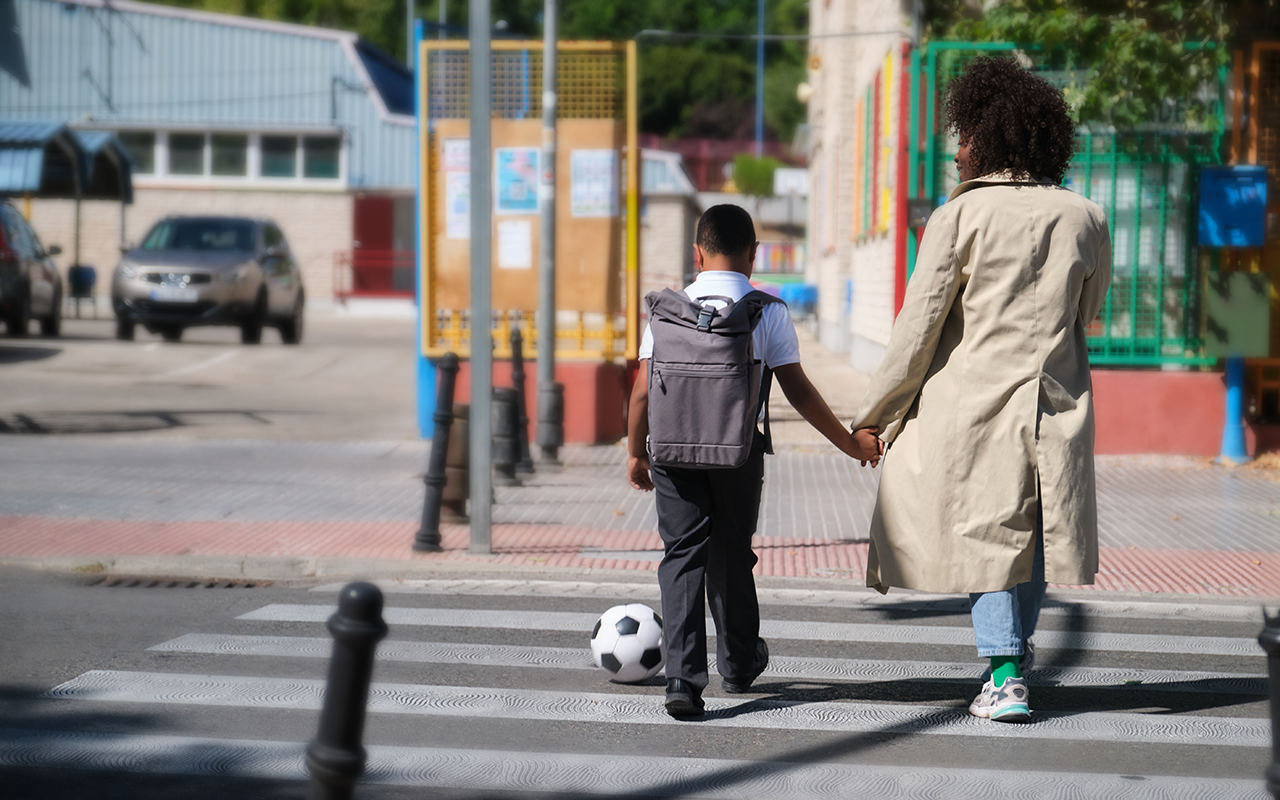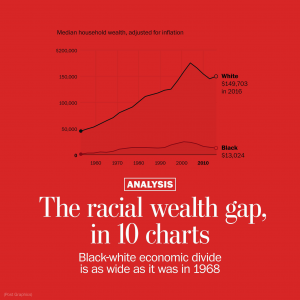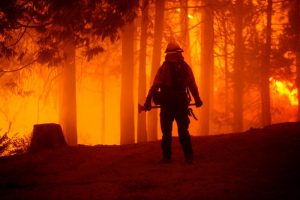A new study by Jonathan Jay and Patrece Joseph found that gun death rates among adolescents increased early in the pandemic and continued to grow, even as these rates declined among adults. Community violence intervention programs that focus on younger adolescents can help reverse this trend.
Featured
At the height of the COVID-19 pandemic, firearm violence surpassed motor vehicle accidents as the leading cause of death among US children. A new study led by a School of Public Health researcher for the first time reveals how this worrying pattern among children varied by age—and how the pandemic-related gun homicide spike is rising faster among kids than adults.
Published in JAMA Pediatrics, the study found that the spike in gun death rates during the first two years of the pandemic disproportionately affected adolescents ages 10-16, as well as adults over 30 years old. These increases lowered the peak risk of being a victim of a fatal shooting from 21 years old to 19 years old.
Also concerning is that as adult gun death rates returned to pre-COVID levels in 2022 and 2023, gun homicide rates continued increasing for the 10-16 adolescent age group, doubling pre-pandemic rates.
These results underscore the need to improve gun violence prevention programs and policies substantially for all age groups, but especially school-aged children, for whom few such programs exist. Most community-based violence intervention (CVI) programs target older teens and adults, the groups that are traditionally at highest risk of gun violence. But these latest findings indicate that the victims of gun violence are getting—and staying—younger than in pre-pandemic times.
This stark and persistent rise in firearm homicide rates among adolescents is startling, says study lead and corresponding author Jonathan Jay, assistant professor of community health sciences and director of the Research on Innovations for Safety and Equity (RISE) Lab. While he was surprised by the magnitude of increase in homicides among 10-16-year-olds later in the pandemic, he says the findings echo what he has heard from violence prevention advocates for some time.
“We already knew that there was a huge spike in firearm mortality early in the pandemic, but no one had documented this really striking increase in deaths in subsequent years, and how this risk changed by age,” Jay says. “Our study results are entirely consistent with communities’ concerns that gun violence is worsening among younger people.”
For the study, researchers from SPH and the University of Michigan (UM) examined federal data on firearm mortality per 100,000 people ages 10-44 in the US from 1999 to 2023, labeling the period from 1999 to 2020 as the “prepandemic” period and the years from 2020-2023 as the “postonset” period.
Prior to the pandemic, firearm deaths among this population steadily increased until peaking at age 21, and then gradually decreased among all ages. Age-specific firearm mortality rates were most pronounced in 2022 and 2023, during which death rates among 10-16-year-olds doubled from their prepandemic figures, while deaths among 22-26-year-olds showed the smallest increase.
CVI programs focused on adolescents are needed, the researchers say. Led by trusted community members, these programs are in a unique position to connect with members of their own community who are most at risk of gun violence. They provide evidence-based strategies to prevent gun violence, such as mentorship, dispute resolution, conflict mediation, and psychotherapy to help gun violence victims (as well as those who are indirectly affected) cope with the resulting physical and emotional trauma of shootings.
This work is particularly critical because most child homicides happen in the community, the researchers note.
Although the national conversation around child firearm violence prevention tends to revolve around mass shootings at schools, these shootings—while tragic—are rare, Jay says. Interventions that seek to limit children’s access to firearms (such as gun locks and safe storage options) are important, but they are not the primary measures that should inform child homicide prevention, he adds.
“Most children are not shot by other kids,” he says. “The majority of gun homicides of school-aged children occur in the community, and we still don’t have a model for what community-based violence interventions should look like at those ages.”
Summer youth programs are one promising solution, says study coauthor Patrece Joseph, assistant professor of community health sciences.
“Many cities began offering summer youth employment programs as a way to reduce youth firearm violence, but more research is needed to understand the effects of these programs, as well as to identify opportunities to reduce after-school risk of gun violence,” Joseph says.
Cities are also beginning to implement initiatives such as Safe Passageprograms, which often include collaborations among community leaders, law enforcement, and others to ensure that students travel to and from school safely. Other cities, such as Toledo, Ohio, are calling on “interrupters”—trusted members of the community—who work to de-escalate violence in schools, communities, and online.
More research is needed to understand the specific ways in which social media contributes to youth gun violence.
“There are many different pathways by which social media can lead to firearm violence in communities,” says Joseph. “Sometimes conflicts start on social media platforms and then escalate in the community, and other times, these posts amplify confrontations that began in the community and then spread online, creating a cycle of violence.”
The senior author of the study is Jason Goldstick, director of statistics and methods at the University of Michigan Injury Prevention Center, and a research associate professor of emergency medicine and health behavior and health equity at UM. The study was funded by the National Institute on Minority Health and Health Disparities, part of the National Institutes of Health.
“For many years, federal funders wouldn’t touch firearm injury research,” Jay says. “Lifting restrictions and earmarking funds for this work launched a whole new generation of scholarship—but as our study shows, we’ve got a long way to go to on this problem.”




